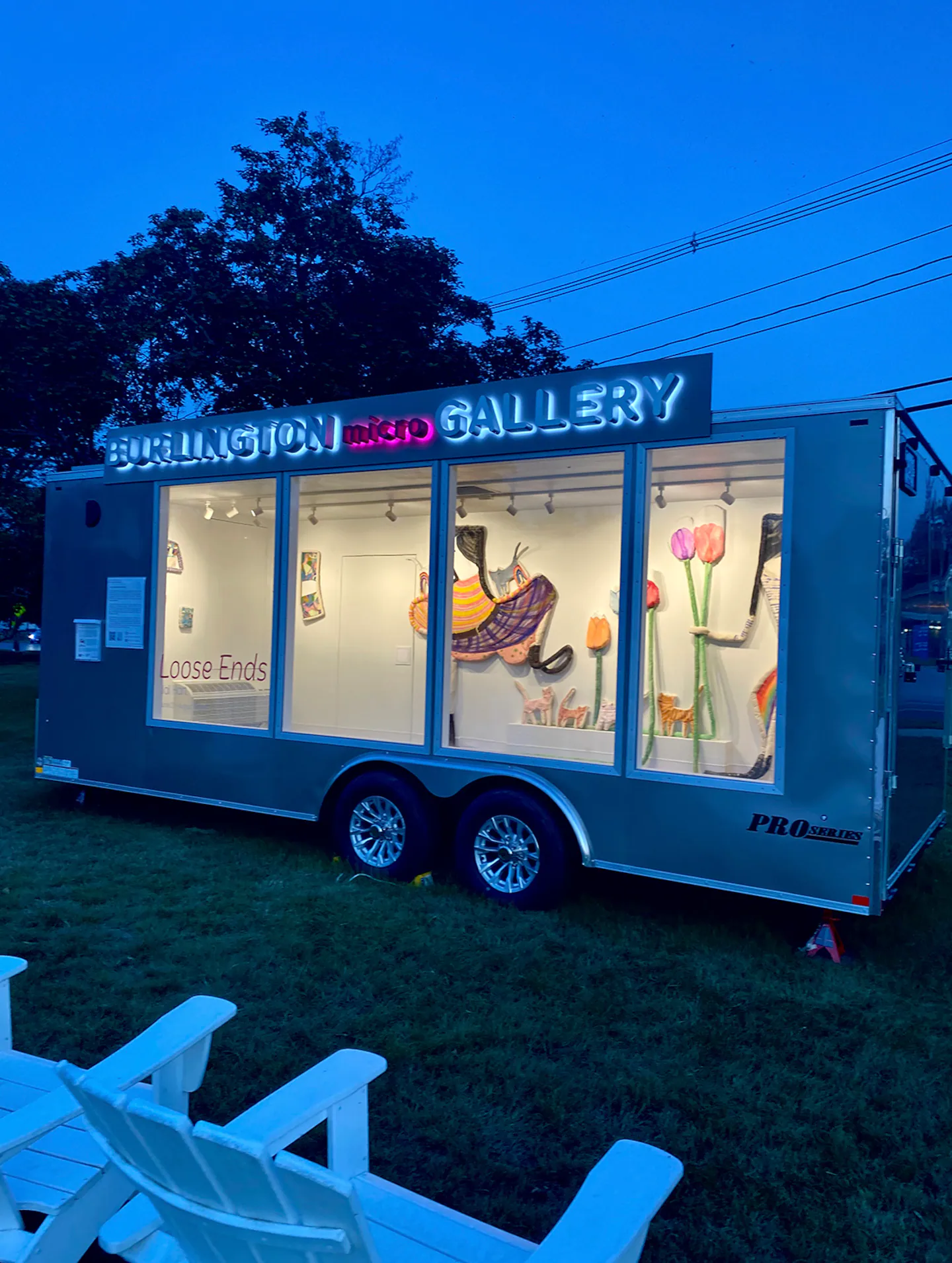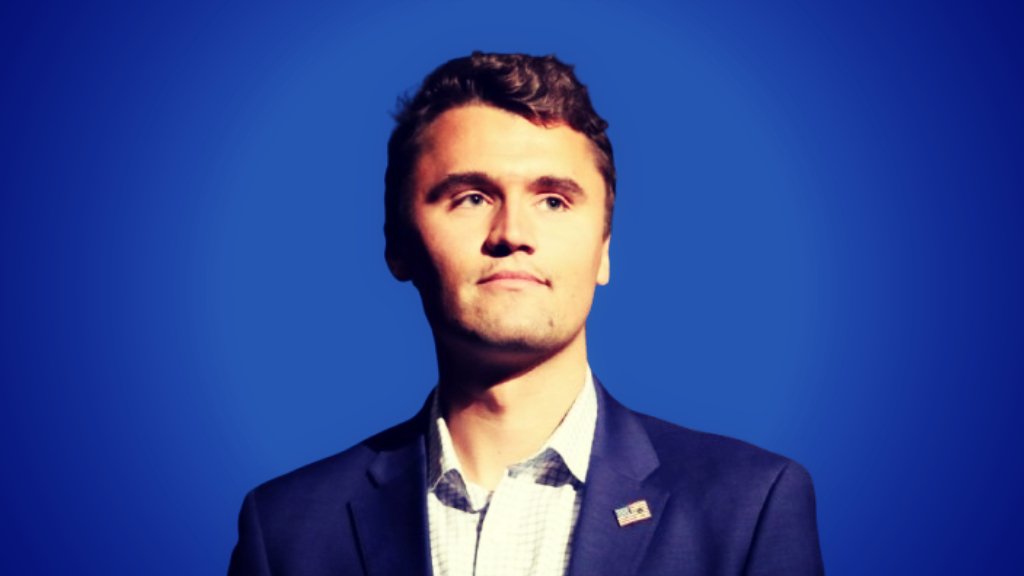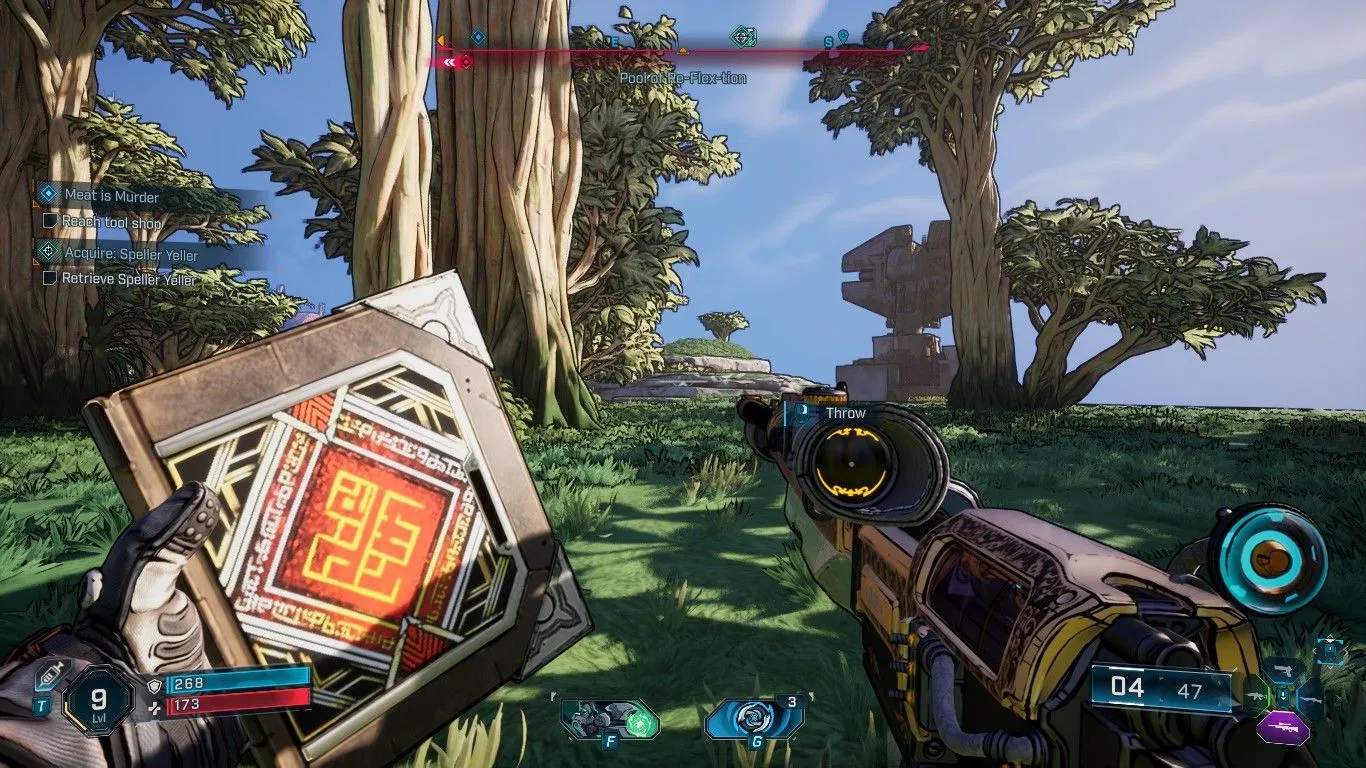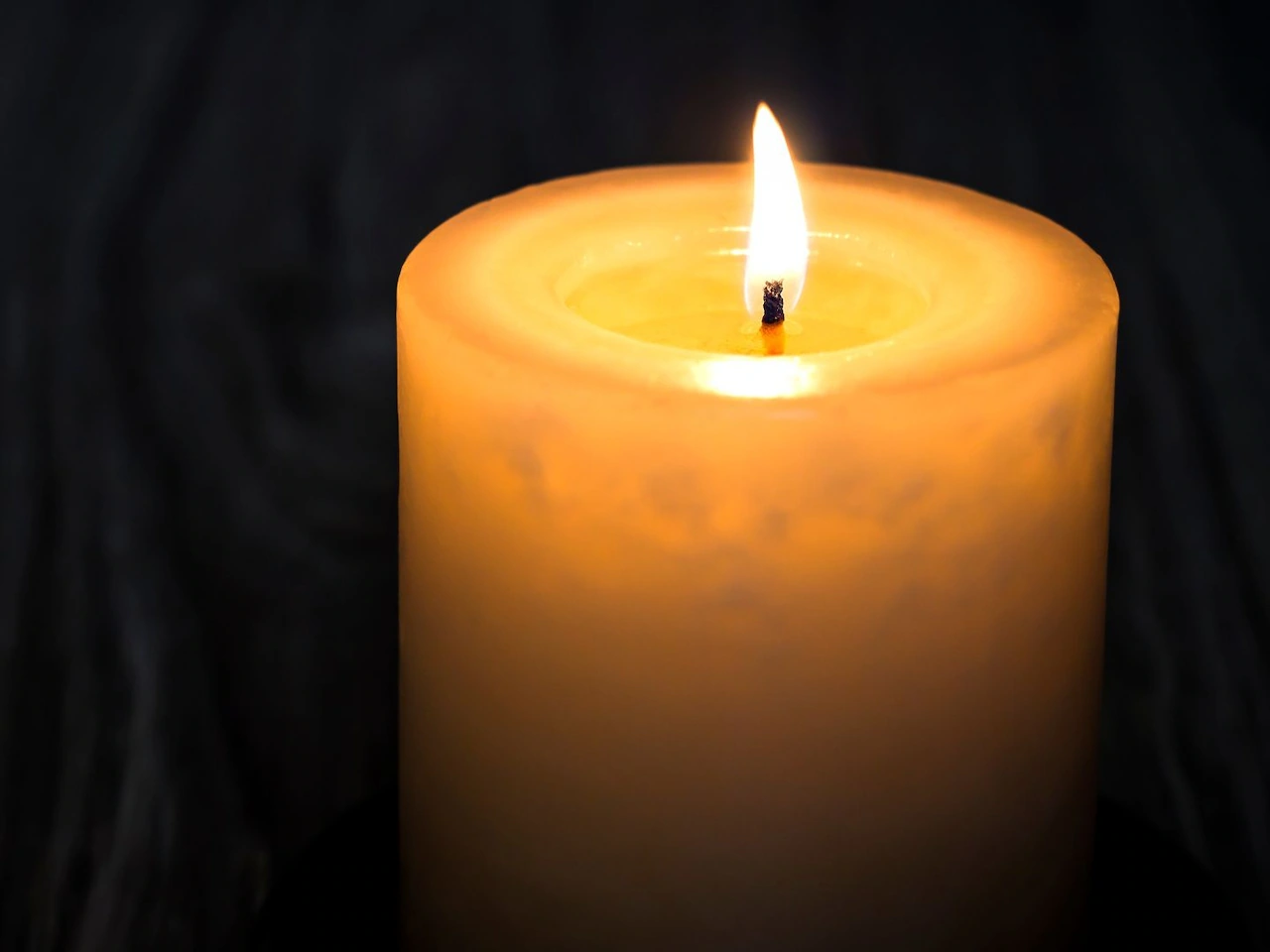
As unconventional as LeComte Lecce’s gallery is, it has lots of company — like artist Katherine Spencer’s tiny gallery, the Tender, in a spiffed-up shed in West Concord, and Gallery VERY in one half of painter John Guthrie’s South End studio, and the Curated Fridge run out of a photographer’s kitchen.
Such artist-run galleries, typically small and decidedly unconventional, are having a moment in the Boston area, maybe because artists feel there’s nowhere else to show. In the last decade, the city of Boston lost roughly 100,000 square feet of cultural production space, due in part to sky-high property values and development of areas that once housed artists and galleries.
“First the artists move in, then the galleries move in, and then commercial development moves in,” said Lynne Cooney, associate professor of art history and director of exhibitions and galleries at Montserrat College of Art. Cooney has followed local art spaces for 25 years.
Artists need space to show. And in a market where gallery space is limited (and high-priced), all but the most established are left with few outlets. So, many have stepped up in creative ways, often spending their own money and time.
In the case of LeComte Lecce, a photographer and director of exhibitions and programs at the Photographic Resource Center in Cambridge, the notion of a small gallery that could show the work of artists like her and also travel to find new audiences was a driving force. She approached economic development officials in Burlington, who liked the idea and ultimately funded the venture.
The gallery opened in June. Its picture windows mean viewers can see art without even coming in. And wheels let it easily relocate to reach more people. LeComte Lecce plans an artists reception on Oct. 2 in a Burlington parking lot that hosts the Burlington Town Center Beer Garden. Next stop, Burlington officials hope, is Burlington Mall. The first show spotlighted Concord artist Jai Hart;the second show features Burlington artists, including LeComte Lecce.
Cooney sees two reasons for DIY spaces today: community and curation. Many artists “like the curatorial as part of their artistic practice, and see it as an extension, which I think is a critical part of a lot of these alternative spaces,” she said.
Consequently, the divide between artist and curator is fogging. Painter John Guthrie operates Gallery VERY out of his South End studio. Kate McNamara, interim director for the Carpenter Center for the Visual Arts at Harvard, has a side gig running the East Providence gallery ODD-KIN, a self-proclaimed “artist-informed” alternative space.
Photographer Yorgos Efthymiadis, a recipient of the Institute of Contemporary Art’s James and Audrey Foster Prize, hosts the Curated Fridge in his kitchen. After attending a Photolucida event in 2015, he put promos he’d picked up on his refrigerator and posted that image on social media. The warm response prompted him to make an open call for his first show. Guest curators such as Karen Haas, the Museum of Fine Arts’s curator of photographs, assemble exhibitions from anonymous entries.
“They show up to my house. I bring them the pile of prints, which sometimes is more than a thousand,” Efthymiadis said. The project is “approachable and it doesn’t take itself too seriously,” he said.
Last fall, Charlie Crowell, a preparator at the ICA, opened deiner, a gallery space in his dining room. He had moved to Arlington from Detroit in 2023, and considered another move, for a job offer to work for a successful New York artist. He nixed the idea.
“Those people are always going to have talented individuals lining up to help them,” Crowell said, “but my friends and other artists at my level are not necessarily going to have somebody who’s going to be like, ‘I want to support you.’”
Deiner, he said, “is an opportunity to make better connections with people locally. To create a space not only to meet other people, but also to showcase the work of my friends.”
He hosts a dinner for every exhibition. Conversation about the art is the point, not selling it. “Not everyone’s artwork lends itself to being a commercial object,” Crowell said, “but that doesn’t mean it’s not poetically palatable to a different kind of audience.”
He’s currently exhibiting painter Vanessa Spollen-Jaramillo and ceramicist Amy Wilson.
The reasons for artist-run spaces may be changing, Cooney observes. “Alternative spaces in the ’90s, and maybe even earlier, were about literally having an alternative to commercial galleries,” she said. But they have always been about community.
Artist Yolanda He Yang started Behind VA Shadows Gallery online in 2021 and now runs a window space in Harvard Square, thanks to support from the Harvard Square Business Association. There now is “On My Way to Work,” a group show. Most of the artists Yang has shown are museum workers. She held that position at the ICA.
“I’m just being an artist, doing fun and experimental things,” she said. “I’ve been working on this project and never got any money. I just love hosting friends and letting other people feel the same belonging I felt when I met a family at the ICA.”



